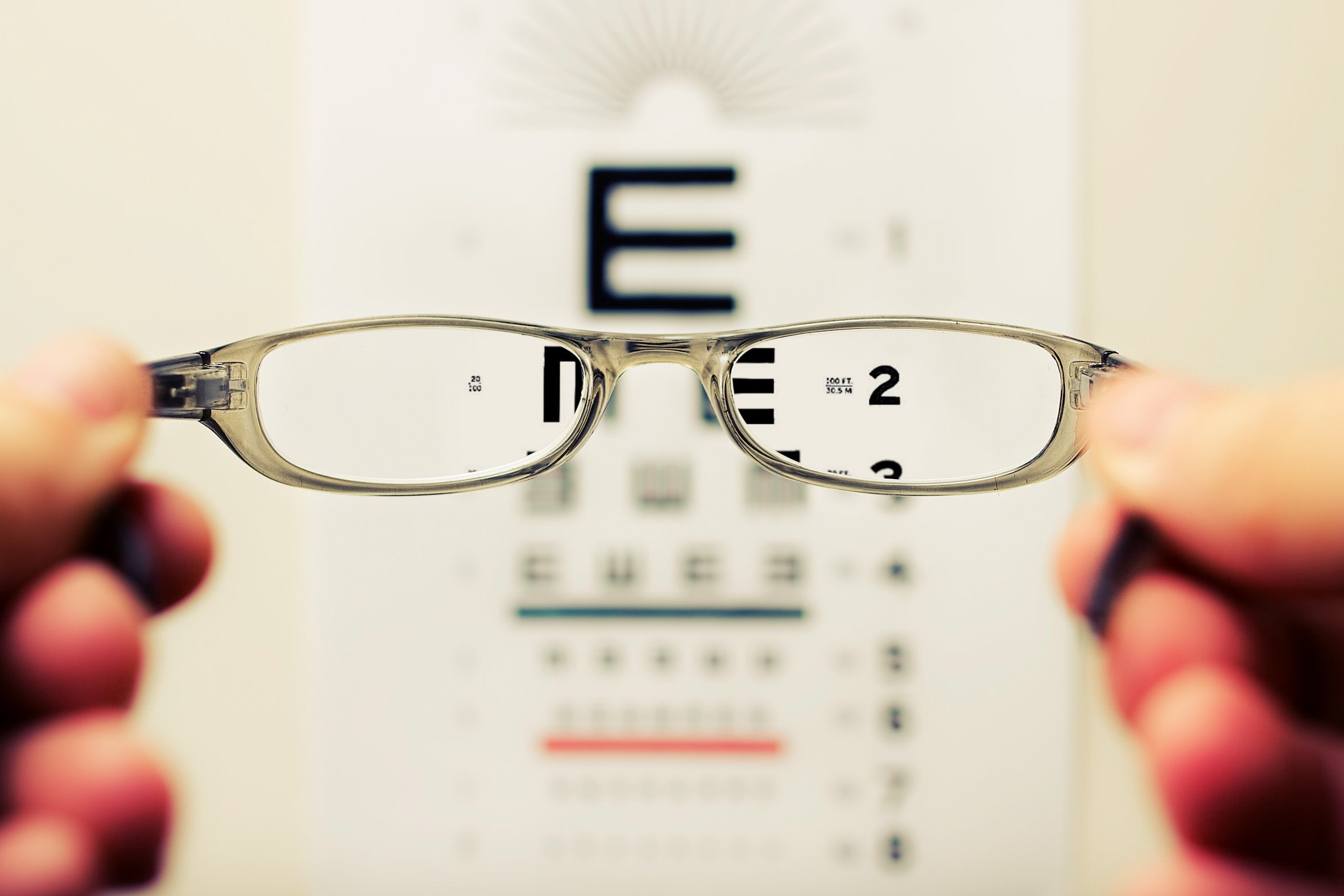Study shows multifocal contact lenses are safe for children and may slow progression of nearsightedness.
“Wearing certain contact lenses could reduce by 50% worsening eyesight in children,” suggests a new study published in the Journal of the American Medical Association, which found that multifocal contact lenses correct myopia (or nearsightedness) in children while gradually halting the progression of vision loss by slowing eye growth. The condition occurs when a child’s still maturing eyes grow too long, from front to back, and there has been an increase myopia among children due primarily to heightened computer use and less outdoor play. The lenses decrease the probability of worsening vision loss by nearly 50 percent.
The study’s findings have helped curtail concerns about prescribing contact lenses to children and the research team now suggests they could become a valuable treatment option for patients of almost all ages. Common, single vision prescription glasses and contact lenses are often used to correct myopia, but do not addressed the underlying issue and stop its progression.

“Greater amounts of myopia and longer eyes are associated with increased prevalence of eye conditions that can lead to visual impairment. Our study shows that eye care practitioners should fit children with high-add power multifocal contact lenses in order to maximize myopia control and the slowing of eye growth,” said principal investigator, David A. Berntsen, O.D., Ph.D., associate professor and Golden-Golden professor of optometry at the University of Houston. “Compared with single vision contact lenses, multifocal lenses slow myopia progression by about 43% over three years.”
Study author Dr Jeffrey Walline, at the Ohio State University College of Optometry, said, “It is especially good news to know that children as young as seven achieved optimal visual acuity and got used to wearing multifocal lenses much the way they would a single vision contact lens. It’s not a problem to fit younger kids in contact lenses. It’s a safe practice.”
Dr David Berntsen, lead study author at the University of Houston, confirmed, “Multifocal lenses slowed myopia progression by about 43 percent over three years, compared with single vision lenses…Greater amounts of myopia and longer eyes are associated with increased prevalence of eye conditions that can lead to visual impairment.” He added, “Our study shows that eye care practitioners should fit children with high-add power multifocal contact lenses in order to maximize myopia control and the slowing of eye growth.”
A follow-up study is now being conducted to see if the benefits remain when children stop wearing multifocal lenses.
“There is a clear benefit from multifocal lenses at three years, but further study is needed to determine the ideal duration for wearing the lenses. Researchers will need determine how permanent the prevention of myopia progression will be once children stop wearing the multifocal lenses,” said Lisa A. Jones-Jordan, Ph.D., principal investigator of the Data Coordinating Center at the Ohio State University.
“We also need more information about the exact nature of the visual signals that slow eye growth. If we understood that process better, perhaps we could maximize it to have an even stronger treatment effect,” said principal investigator, Donald O. Mutti, O.D., Ph.D., the E.F. Wildermuth Foundation professor of optometry at Ohio State.
Sources:
If Children Wear This Type of Contact Lens It Can Stave Off Worsening Eyesight, Researchers Say
Multifocal contact lenses slow myopia progression in children


Join the conversation!